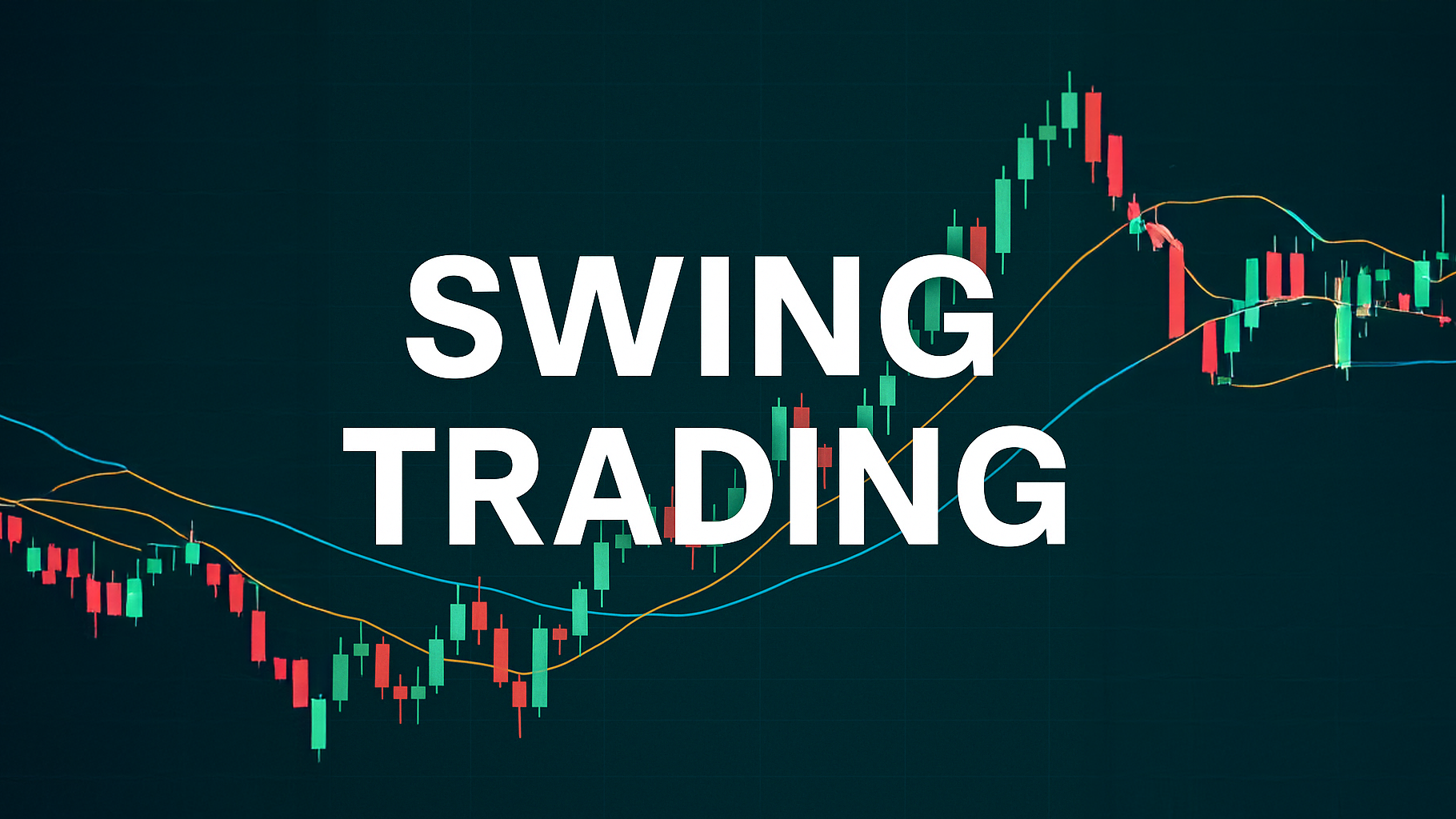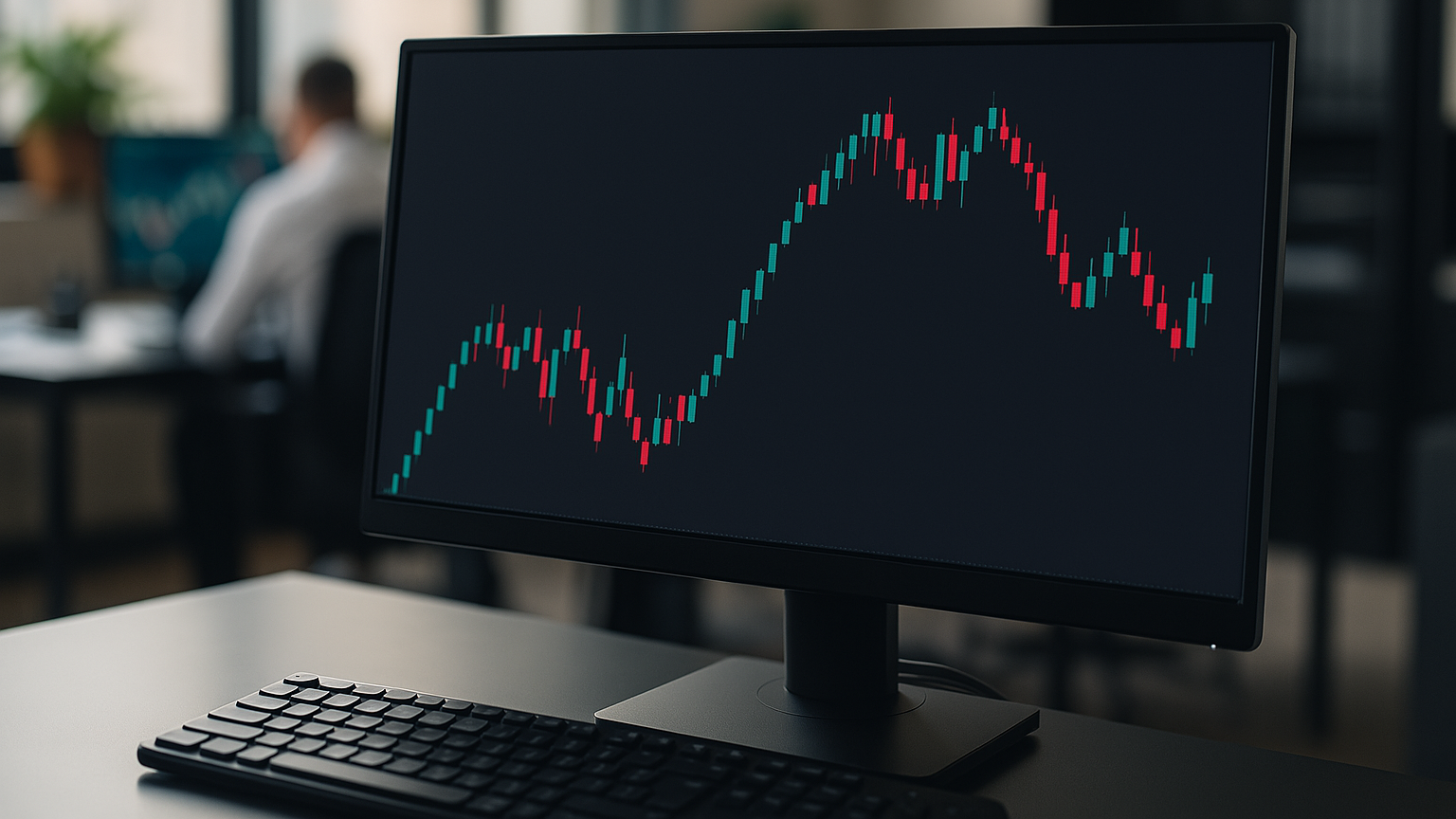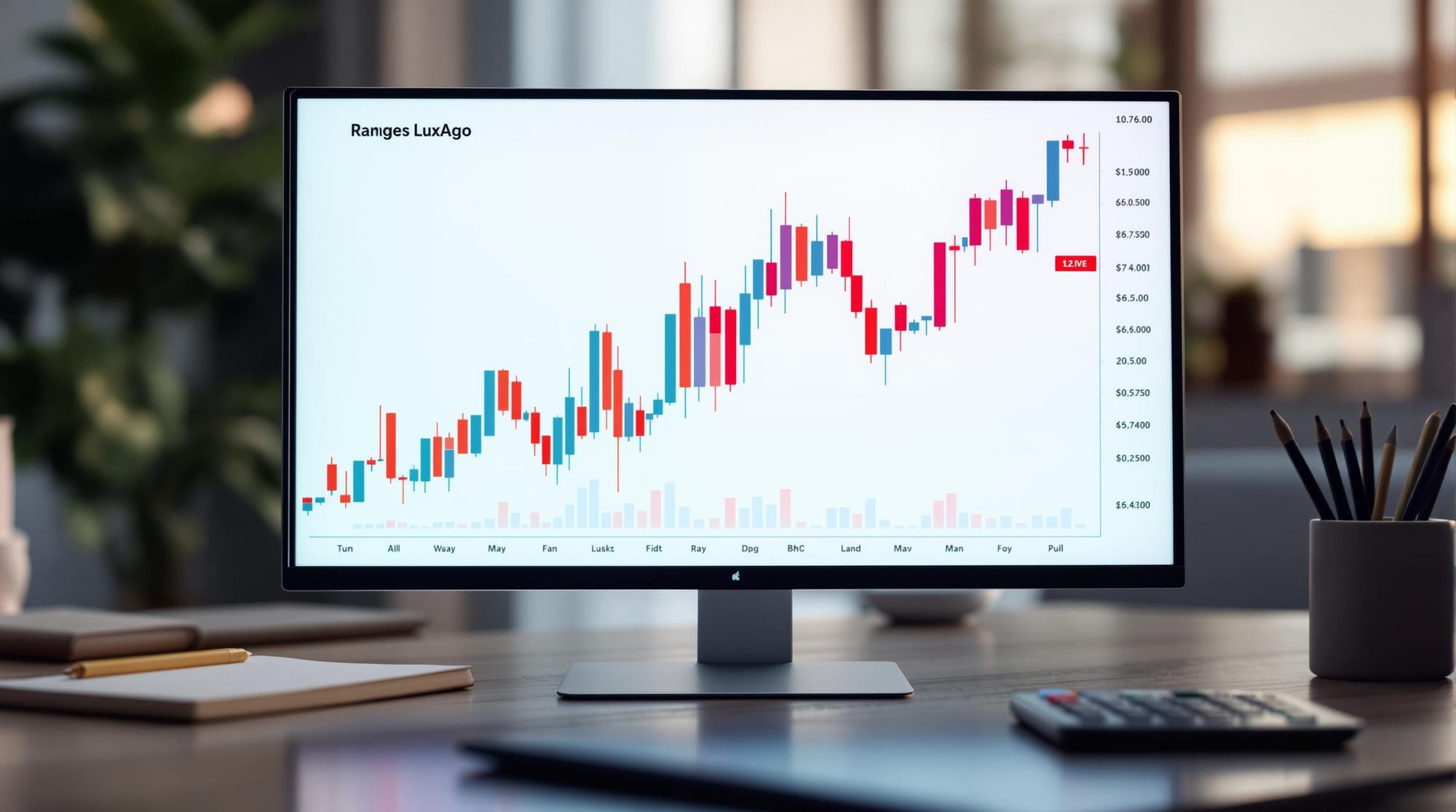Learn how break-even analysis can enhance your forex trading strategies by managing risks and improving decision-making.
Break-even analysis is a must-have tool for managing risk and improving decision-making in forex trading. It helps you determine the exact price level where your trade neither makes nor loses money, factoring in costs like spreads, commissions, and overnight fees. Here's a quick overview of what this article covers:
- Why It Matters: Break-even analysis helps you manage risk, set stop-loss levels, and make data-driven decisions.
- Key Challenges: Market volatility, trading costs, and emotional decision-making can affect your break-even strategy.
- How to Calculate: Add trading costs (like spreads and commissions) to your entry price for long trades or subtract them for short trades.
-
Tools to Simplify:
LuxAlgo Backtesters can automate calculations and provide real-time insights.

Common Break-Even Challenges in Forex
Market Volatility Effects
Forex markets can be unpredictable, especially during major economic events. Sudden price swings can throw off break-even calculations and make managing positions tricky. For instance, if you're trading GBP/USD at 1.3000, unexpected volatility might push prices past your break-even level before you have a chance to react. To tackle this, consider using dynamic stop-loss orders and frequently revisiting your break-even calculations to stay aligned with shifting market conditions.
Trading Cost Factors
Forex trading costs can eat into profits and affect break-even points. The spread—the difference between the bid and ask price—is one of the main costs. For example, trading EUR/USD with a 2-pip spread means if you enter at 1.1000, the price must hit 1.1002 just to break even.
| Cost Component | Impact on Break-Even |
|---|---|
| Spread | Adds a variable cost per trade |
| Commission | Fixed or percentage-based fees |
| Overnight Fees | Extra charges for holding positions overnight |
These costs, including spreads, commissions, and overnight fees, should always be included in your break-even calculations.
Emotional Trading Barriers
Emotions like fear and greed can sabotage even the best break-even strategies. Acting impulsively—such as closing trades too early or holding onto losses—can derail your plans. To keep emotions in check, try:
- Setting clear break-even points before entering trades
- Using automated stop-loss orders for consistent discipline
- Adjusting your strategies as needed based on market trends
Tools like LuxAlgo's technical analysis features can provide objective, data-driven insights, helping traders make more rational decisions and stick to their break-even strategies.
Navigating these challenges requires careful planning and a flexible approach, which we’ll dive into next.
Break-Even Point Calculations
Knowing how to calculate your break-even point is crucial for forex trading. It helps you pinpoint when a trade moves from loss to profit, giving you better control over your strategy.
Standard Break-Even Formula
The formula for break-even considers transaction costs like spreads and commissions. For long trades, you add these costs to the entry price. For short trades, you subtract them. This way, you’ll know the exact price at which your trade starts turning a profit.
Key Costs to Consider
When determining your break-even point, make sure to account for all related costs:
| Cost Type | Description | Effect on Break-Even |
|---|---|---|
| Spread | Difference between bid and ask prices | Typically 2-5 pips |
| Commission | Broker's fixed or percentage fee | Varies by broker |
| Overnight Fees | Charges for holding positions overnight | Depends on the currency pair |
Example Calculation
Let’s say you open a long EUR/USD trade at 1.2000. If the spread is 2 pips and the commission is 1 pip, your break-even point would be 1.2003. This is calculated as follows: 1.2000 + 0.0002 (spread) + 0.0001 (commission).
Trading platforms like MT4, MT5, and Ctrader can handle these calculations for you. Tools like LuxAlgo can also help fine-tune your approach. Once you’ve nailed your break-even calculations, you can use them to set smarter targets, manage stop-loss levels, and plan profit-taking strategies.

Break-Even Analysis Methods
Once you've calculated your break-even point, the next step is to apply strategies that align with your trading objectives.
Target Setting
LuxAlgo Backtesters can help traders determine the optimal time to move to break-even by analyzing historical strategy performance. By backtesting your approach, you can pinpoint the most effective moments to adjust your stop-loss levels and secure profits. This data-driven insight allows you to refine your risk management strategy with confidence.
Stop-Loss Management
Managing your stop-loss effectively is essential to protect profits while keeping your trades flexible. Trailing stops are a practical tool for this purpose.
For example, imagine a EUR/USD long trade opened at 1.1000 with an initial stop-loss at 1.0950. Using a 30-pip trailing stop, the stop-loss adjusts upward as the price rises, locking in profits while allowing the trade to continue benefiting from favorable price movements. Once your stop-loss plan is in place, you can refine your strategy further with a structured approach to profit-taking.
Profit-Taking Steps
A partial profit-taking approach can help secure gains while keeping the potential for further upside. Here’s how you can do it:
- Close part of your position at an initial target.
- Move your stop-loss to the break-even point.
- Use a trailing stop-loss for the remaining position to capture additional profits.
Technical analysis tools can assist in identifying these profit-taking levels by focusing on market structure and key price zones. This structured approach helps you balance risk and reward effectively.
Break-Even Analysis Resources
Modern tools make break-even analysis easier and more precise, especially for forex traders looking to save time and reduce errors.
Technical Analysis Tools
Certain technical indicators can help traders identify break-even levels effectively. Key tools include:
- Moving Averages: Useful for spotting trends and identifying support or resistance levels where break-even points can be set.
- Fibonacci Retracements : Pinpoint potential reversal zones that might align with break-even stops.
- Volume Profile : Highlights price levels with significant trading activity, aiding in the placement of break-even stops.
- Support and Resistance Dynamic : Identifies key support and resistance zones for more precise break-even planning.
Additionally, LuxAlgo's suite of tools—such as their AI Backtesting Assistant which lets traders test strategies under various market conditions, and integration with TradingView for live analysis—can help refine your overall trading strategy.
FAQs
How to calculate break-even in forex?
To calculate the break-even price in forex, you need to account for your entry price, stop-loss level, and trading costs. Key factors to consider include:
- Trading costs like spreads and commissions
- Position size
- Market conditions
- Risk management strategies
For example, in a long trade with a 2-pip spread, if your entry price is 1.2000, your break-even price would be 1.2002. This calculation ensures all costs are covered before any profit is made.
What does break-even mean in forex trading?
In forex trading, the break-even point is when your trade covers all costs, leaving you with no profit or loss. Knowing this point helps you:
- Set realistic profit targets
- Manage risk more effectively
- Decide when to exit trades
- Protect your trading capital during market volatility
For instance, if you trade EUR/USD, your break-even point must include spreads, commissions, and any other fees before you can start earning profits.
Grasping these concepts is key to using break-even analysis effectively, as outlined in this guide.








